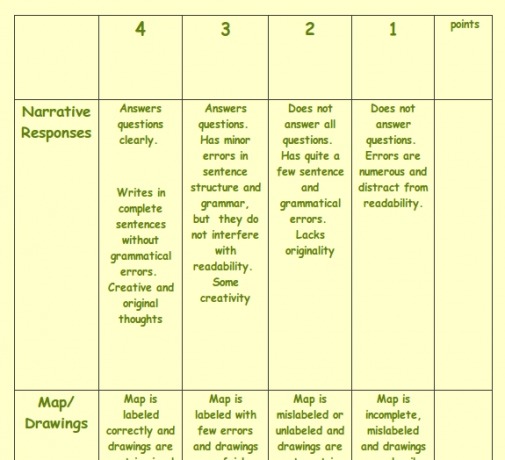Creating a Webquest
This webquest was created to serve as an example and inspiration for further webquests. It is part of the New Media in Foreign Language Education seminar in the Philipps Universtät Marburg (Germany). It was created by three students using Weebly.com as realtime cooperation tool. This actually worked very well. Nevertheless, we had to meet in person as well to discuss the general proceeding. First of all, we had to find out how webquests are generally defined. A very brief definition is given by wikipedia:
"A WebQuest, as implied by the name, is an inquiry-based, on-line learning activity. During this activity students work in groups, dividing assignments among each other, so that everyone participates in a group-assigned role. ... "
www.wikipedia.org/webquest
This definition provides a gist, but is not sufficient for creating a very own webquest. For further information, we consulted various pages on how to create webquests . We could find many different opinions and a lot of good and bad webquests. As a result, we found out that a similar structure can be found within every approach:
- Topic
There are no borders concerning the topic. Everything that might interest the students is possible. However, there has to be enough information available on the Internet. - Task (Presentation)
The main task consists of a certain problem, which can be solved by the students. It usually starts with a small introduction and leads to the online research. However, there should not be too much information on the webquest-page or worksheet. The task should be product oriented, challenging and at best follow a constructivist approach. This might on the other hand lead to problems in the evaluation and it is very hard to plan a constructivist activity. In our Webquest, we formulated a main task on the homepage of our site and added some subtasks concerning the different topics. Thus we diminished the constructivisism by adding a more or less fixed guideline but accomlished an easier evaluation. To be honest, we did not find any absolutely constructivist webquest during our research. - Resources
A webquest should always use authentic material from the web as Mr Bernie Dodge, the inventor of webquests put it:
" A WebQuest makes good use of the web. A WebQuest that isn't based on real resources from the web is probably just a traditional lesson in disguise... " www.webquest.org - Evaluation
Webquest are supposed to contain an evaluation section for the teacher, where they can compare the achieved goals of the groups to a table to determine a grade. This model solution is not very easy to construct, since the developers might set a completely other focus on a certain topic than the students, however both can be equally right. We suggest to let the teacher decide on grades individually, since you can see the amount of work done in the product and the presentation from the students.
Our Webquest
Creating a good Webquest is not as easy as it might seem. You have to take care, that the quest is not to narrowly guided and becomes just a matter of question and a certain answer from a certain page. The students have to think about and discuss the topic. Furthermore, it is important to find sources that are authentic and up to date. If you use an old webquest, you as, a teacher, have to check all the sources in advance. The structure of a webquest, as pointed out above, is rather fixed. However it is not easy to create a challenging but not overstraining quest.

